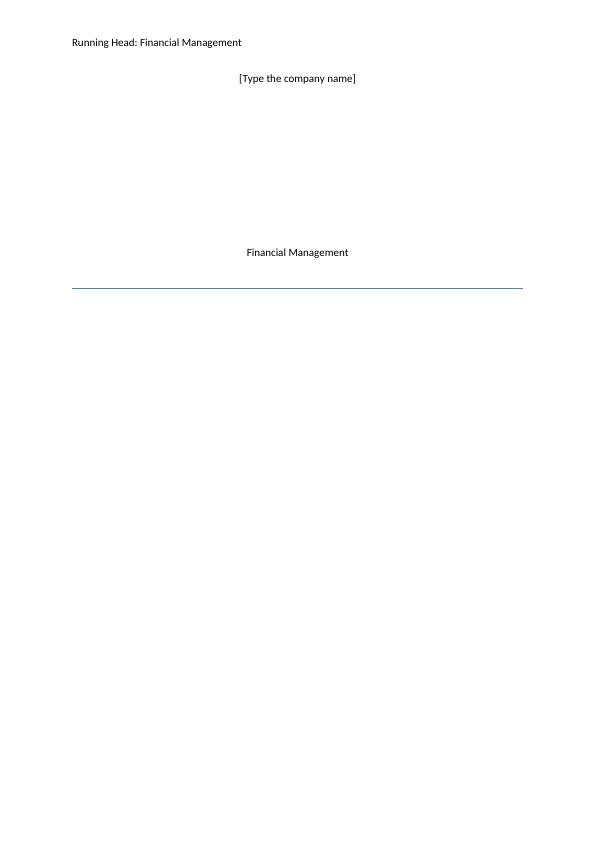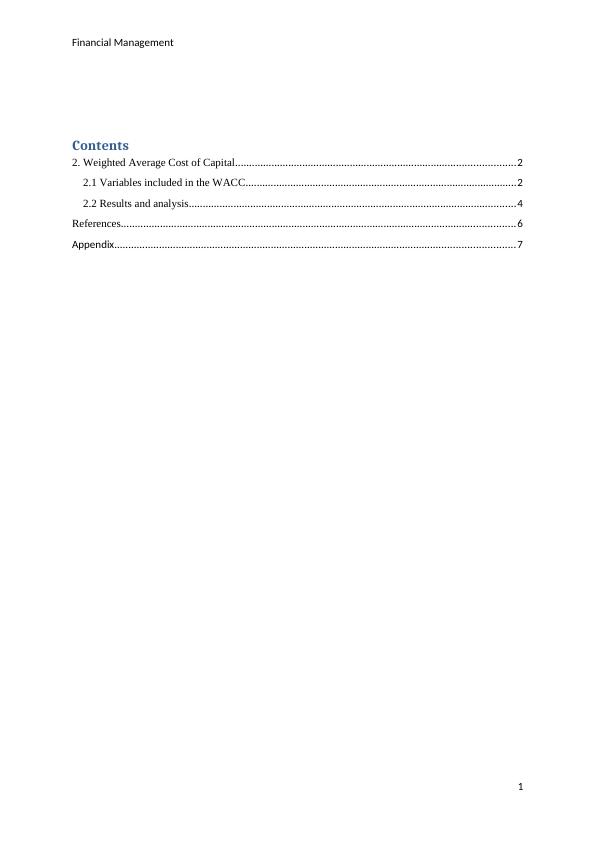Weighted Average Cost of Capital
Added on 2023-03-20
9 Pages1498 Words33 Views
End of preview
Want to access all the pages? Upload your documents or become a member.
Weighted Average Cost of Capital Analysis for BHP Billiton Ltd
|19
|3239
|171
Intel Corporation: Sources of Funds and Capital Structure for Innovation
|6
|986
|36
Cost of Equity Formula
|9
|509
|18
Microsoft Finance and Operations Analysis
|14
|2726
|74
Financial Management: WACC, Equity vs Debt Financing, and Financial Risk Measurement
|6
|823
|96
Finance and Accounting Case Study
|5
|507
|36



